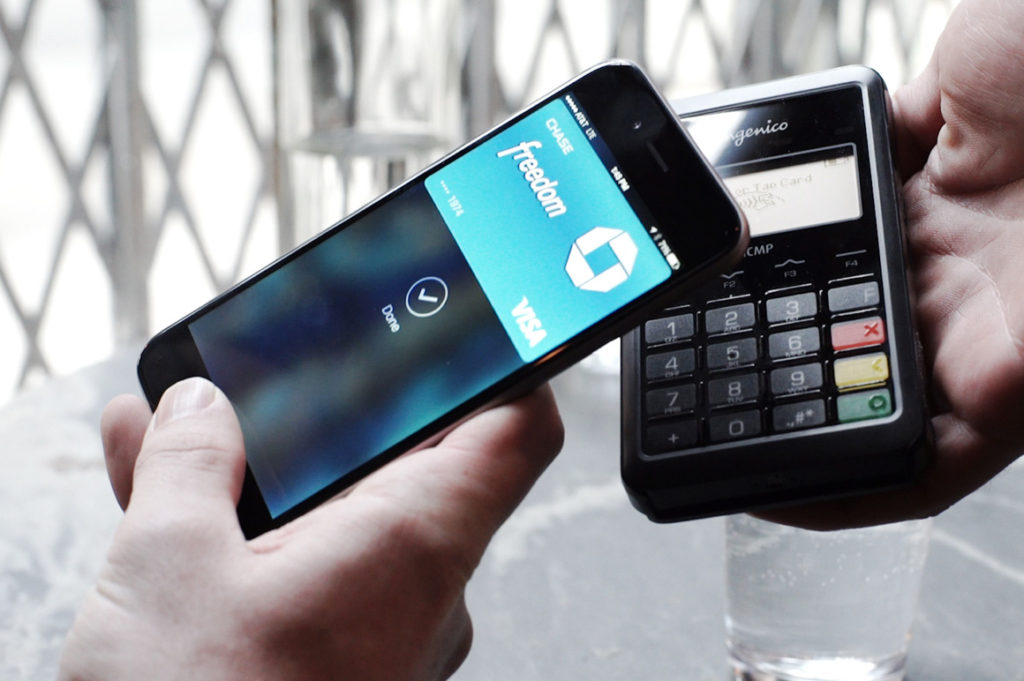Arcus series: How sectors are being impacted by COVID 19.
Card networks are encouraging contactless payments. Tap payment cap has increased from $100 to $250 in Canada.

Arcus is projecting a dramatic increase in activity in some sectors where consumer behaviour interacts with health concerns. One area is the impact of social distancing and its association with health safety. We will also be looking at an acceleration in other areas such as biometrics, video conferencing and work-from-home technologies.
Contactless payments is one such high growth area. Consumers, healthcare organizations and governments are trying to minimize the interactions between people and common surfaces to combat the spread of the Covid virus.
Contactless limits adversely impact the number of contactless transactions consumers can make because of the limit per tap. Raising the limits is likely to change consumer behaviour and will increase the volume and value of contactless payments, especially during this pandemic.
Mastercard and Visa raised contactless transaction value limits in several countries, including Canada, where it’s gone up from $100 to $250 per transaction as of April 2.
Card companies have been championing contactless limit raises around the world, as health officials recommend social distancing and a growing number of merchants encourage consumers to pay with contactless to minimize interaction.
Payments Canada says Contactless payments grew 30 per cent year-over-year from 2017-2018 with a total of 4.1 billion contactless payments (card and mobile) worth CA$129.9 billion at the point-of-sale (POS). Debit represents almost 60 per cent of volume of these contactless payments – often viewed as a convenient substitute for cash.
Globally, there are a number of new ventures pursuing contactless payments. For example, UnionPay is partnering with banks to issue thousands of contactless cards. The China-based card network announced it has partnered with a bank in Kazakhstan to send out 100,000 contactless cards in the country in the near future. It also noted that it’s undertaking similar initiatives in Mongolia and Russia through other partnerships with banks.
Some trends that are likely to accelerate in this area:
- If card networks push for higher limits around the world and convince more issuing banks to distribute contactless cards, the payment method could be favored by a large swath of consumers by the end of the pandemic.
- Consumers are already working to avoid stores, but when they have to visit one they likely want to make the transaction as quickly as possible and minimize their contact with any shared surfaces.
- Contactless payments may grow if more consumers gain access to it, can make larger purchases with them and use them regularly during the pandemic. Consumers will continue to use them after the pandemic subsides — they’re already very popular in the UK and other European markets — out of habit or because they enjoy the convenience they offer.
- Some markets such as the US have been slow adopters. That may change in this new environment with more banks and companies pushing for safer consumer behaviour during the pandemic.
